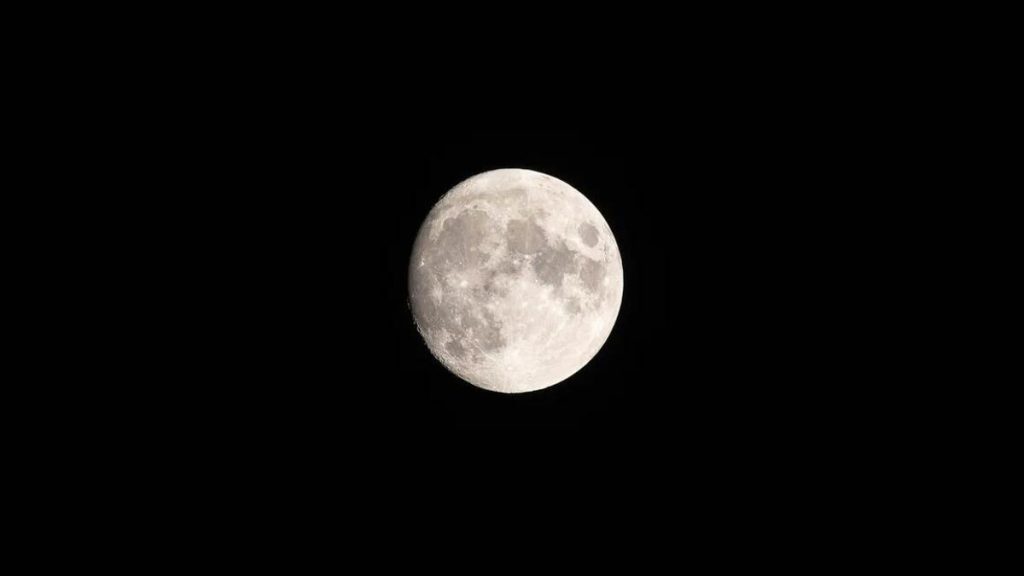The Biden-Harris administration has requested NASA to establish a unique time zone for the moon to aid in precision calculations for upcoming moon missions. NASA has named this time zone Coordinated Lunar Time (LTC), which will be similar to Coordinated Universal Time (UTC) used on Earth. LTC will be determined by the weighted average of atomic clocks on the moon, allowing for standardization in timekeeping. However, NASA faces a challenge due to Einstein’s theories of relativity, which state that time on the moon runs slightly slower than on Earth, resulting in a difference of 56 microseconds per day. Although imperceptible to humans, this discrepancy can have significant implications for space missions.
One of the main objectives of establishing LTC is to support the Artemis missions, including Artemis III, which aims to return humans to the moon’s surface for the first time in over 50 years. The timing set up of LTC is essential for planning these missions and ensuring accurate calculations. The use of atomic clocks on the moon will enable NASA to synchronize timekeeping and avoid potential issues caused by time dilation between Earth and the moon. Time dilation refers to the differences in time caused by gravity and velocity, which can impact the accuracy of measurements in space work.
NASA’s goal is to have the lunar time zone, LTC, in place by December 31, 2026, to meet the deadline set by the White House. This project involves complex calculations to address the effects of time dilation and standardize timekeeping on the moon. The implementation of LTC will enhance the efficiency and accuracy of future moon missions, ensuring that astronauts and spacecraft can operate effectively in space. The significance of having a unique time zone for the moon lies in the precision and coordination required for successful space endeavors, particularly as NASA plans for more ambitious missions in the coming years.
The development of a lunar time zone highlights the importance of timekeeping in space exploration and the need for innovative solutions to address challenges posed by relativity and differences in gravity. By establishing LTC, NASA is paving the way for improved planning and execution of moon missions, including the Artemis program. The integration of atomic clocks on the moon will enable accurate synchronization of time and minimize the margin of error in calculations. Overall, the creation of a lunar time zone represents a significant milestone in advancing space exploration and achieving new milestones in human spaceflight.


